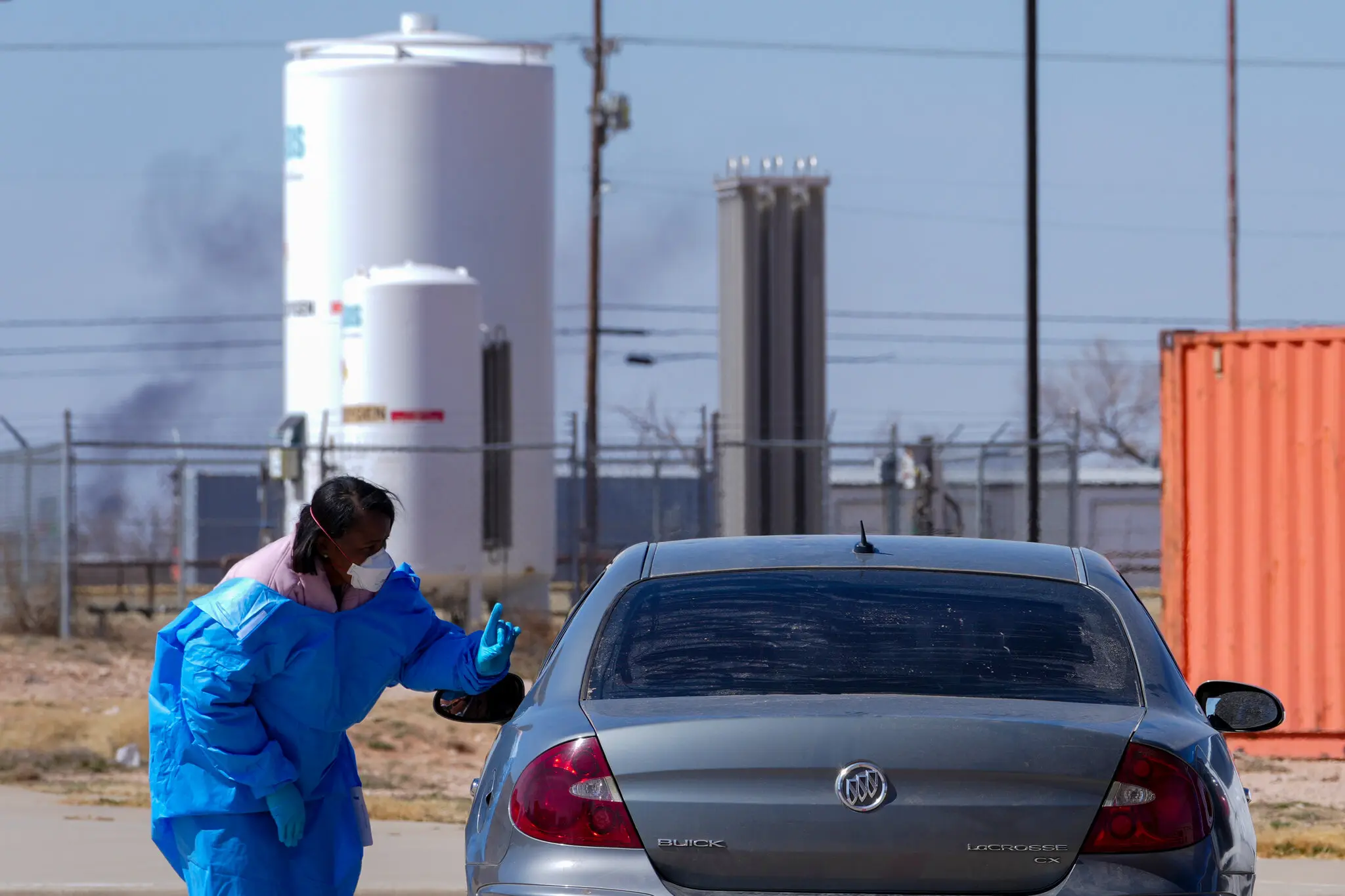Why We Don’t Have Vaccines for Every Disease: The Science, Challenges, and Hope Ahead
Despite the success of vaccines in fighting diseases like polio and COVID-19, many deadly or chronic illnesses still lack effective vaccines. Scientists explain why some pathogens are far harder to defeat — and what breakthroughs could change that.
Vaccines are among the most powerful tools in modern medicine, responsible for eradicating smallpox, nearly eliminating polio, and saving millions of lives from measles, tetanus, and influenza. The rapid development of COVID-19 vaccines only reinforced their immense potential. And yet, despite decades of research, there are still no vaccines for HIV, malaria, norovirus, the common cold, and many cancers.
Why?The answer lies in a complex web of scientific, economic, and logistical challenges. Experts say that while the dream of universal vaccines is alluring, reality is far more complicated. Some pathogens are simply better at hiding.
Others mutate too quickly, or evade the immune system in ways scientists still don’t fully understand. > “It’s not for lack of effort,” said Dr. Anne Liu, an immunologist at Stanford University.
“Some microbes are just incredibly tricky, and our tools—though evolving—still have limitations. ”### 1. The Pathogen Problem: Some Invaders Are Smarter Than OthersThe first major obstacle to universal vaccine development is the pathogen itself.
Different viruses and bacteria behave very differently in the body. Take HIV, for example. It mutates at lightning speed, creating new viral variants within the same person.
Worse, it hides within the host’s DNA, essentially becoming part of the body it infects. > “Trying to create a vaccine for HIV is like hitting a moving target while blindfolded,” said Dr. John Mascola, former head of the NIH Vaccine Research Center.
Similarly, malaria, caused by a parasite rather than a virus or bacteria, has a complex life cycle—moving from mosquitoes to liver to blood—each stage requiring a different immune response. > “Vaccines typically teach the body to recognize one specific protein,” explained Dr. Fauzia Khan, a parasitologist in Kenya.
“With malaria, we need to teach it to recognize dozens. ”### 2. Rapid Mutation: The Shape-Shifters of VirologyAnother major barrier is mutation.
Some viruses change rapidly, making it hard to design a stable vaccine. - Influenza changes so frequently that new vaccines are needed every year. - Norovirus, a common cause of stomach bugs, has many strains that mutate frequently, making cross-protection difficult.
- The common cold is not a single virus, but over 200 different viruses, many of which mutate seasonally. COVID-19 presented similar challenges, though mRNA technology allowed scientists to adapt vaccines to new variants quickly. However, that flexibility hasn’t solved the problem for more complex or elusive viruses.
### 3. Immune Evasion and Hidden ReservoirsSome diseases have evolved to evade or suppress the immune system. HIV, hepatitis C, and certain cancers fall into this category.
Even if a vaccine stimulates a strong response, the immune system may not reach the hidden reservoirs where pathogens live. In tuberculosis, for example, bacteria can lie dormant inside immune cells for years, shielded from detection. “Imagine having a burglar in your house that lives in the walls,” said Dr.
Eric Goosby, former U. S. Global AIDS Coordinator.
“That’s what TB does in the body. ”### 4. The Biology of Chronic Illnesses and Non-Infectious DiseasesSome of the most devastating global diseases—like Alzheimer’s, Parkinson’s, and many cancers—are not caused by microbes, making vaccine development even harder.
For example: - In cancer, the body’s own cells become abnormal, so vaccines must avoid targeting healthy cells. - In neurodegenerative diseases, the immune system may actually cause harm if improperly activated. Still, researchers are making progress with therapeutic vaccines that boost the immune system to fight cancer or prevent recurrence, such as HPV vaccines that prevent cervical cancer and trials exploring vaccines for melanoma and lung cancer.
### 5. Economics: No Profit, No ProductVaccine development is expensive. It can take 10–15 years and cost over $1 billion to bring a vaccine to market.
Pharmaceutical companies prioritize diseases with large, profitable markets or strong government incentives. Diseases that primarily affect low-income countries—such as dengue, leishmaniasis, or schistosomiasis—often go underfunded. > “The market doesn’t always reward the vaccines we need most,” said Dr.
Seth Berkley, former CEO of Gavi, the Vaccine Alliance. This market gap has historically slowed development of vaccines for neglected tropical diseases, though organizations like Gavi, CEPI, and the Gates Foundation have stepped in to help. ### 6.
Regulation and Safety: A Long RoadEven when a promising vaccine is discovered, it must go through rigorous trials for safety and efficacy. Unlike drugs for sick people, vaccines are given to healthy populations, often children—so the safety threshold is extremely high. > “One rare side effect in a million doses can delay a vaccine for years,” said Dr.
Leila Ahmed, a clinical trial advisor. The fast-tracked COVID-19 vaccines were an exception—not the norm—benefiting from unprecedented global urgency, funding, and collaboration. ### 7.
Vaccine Hesitancy: The Political and Social HurdlesScientific challenges are only half the story. Public resistance to vaccines—driven by misinformation, mistrust, or political ideology—can derail even the best solutions. Vaccines for diseases like HPV and COVID-19 have faced backlash despite being effective.
This hesitancy influences funding, uptake, and global health policies. In some regions, even polio eradication campaigns have faced violent resistance fueled by conspiracy theories. > “Science can develop the vaccine,” said Dr.
Murthy, U. S. Surgeon General, “but society must accept it for it to work.
”### Breakthroughs on the HorizonDespite the challenges, vaccine science is evolving faster than ever. Emerging technologies are offering hope:- mRNA platforms allow rapid design and updates. - Viral vector vaccines help target hard-to-reach pathogens.
- Universal vaccine efforts are underway for flu, coronaviruses, and even HIV. - Microneedle patches and oral vaccines could make delivery easier in remote areas. - AI and protein mapping (like AlphaFold) are accelerating antigen discovery.
Recent successes: - The RTS,S malaria vaccine has begun rollout in Africa after decades of trials. - Tuberculosis vaccines are entering late-stage human trials with promising results. - Cancer immunotherapy using personalized neoantigen vaccines is showing potential.
### What It Will TakeExperts agree that getting vaccines for more diseases will require: - Sustained funding, even when pandemics aren’t in the headlines - Global cooperation, including sharing intellectual property and tech - Equity in distribution, especially for low-income nations - Education and transparency, to counter misinformation> “We need to treat vaccines as global public goods,” said Dr. Tedros Adhanom Ghebreyesus, Director-General of the WHO. ### Conclusion: Science, Patience, and PersistenceVaccines have transformed the world—but the absence of vaccines for many diseases is a reminder of how much more there is to do.
While some pathogens resist our best efforts, the tools of science continue to improve. With enough commitment, funding, and international collaboration, the list of vaccine-preventable diseases will grow longer in the years ahead. As Dr.
Liu put it:> “We may never have vaccines against everything—but we’re getting closer than ever to changing what ‘everything’ means. ”.
27th july 2025



